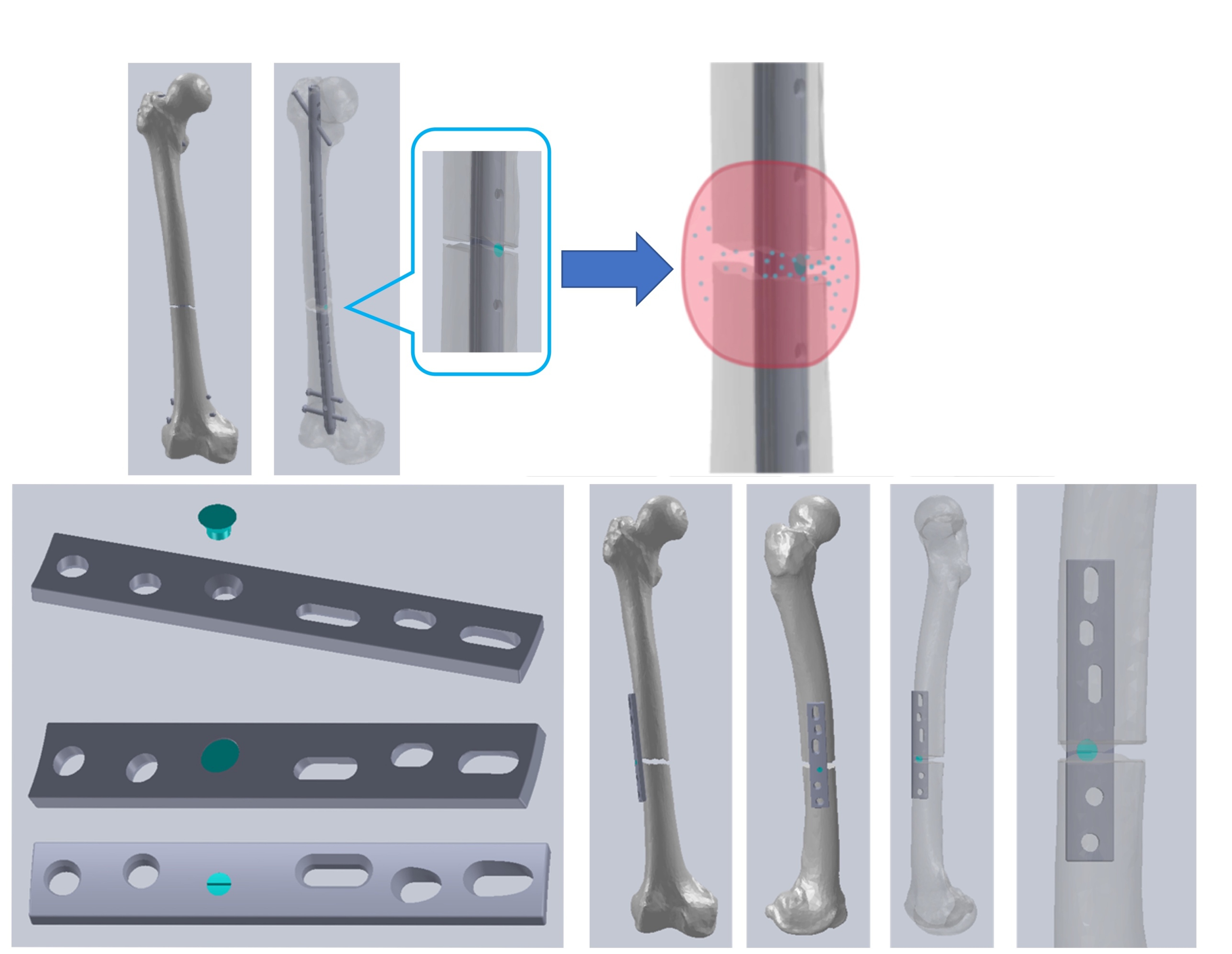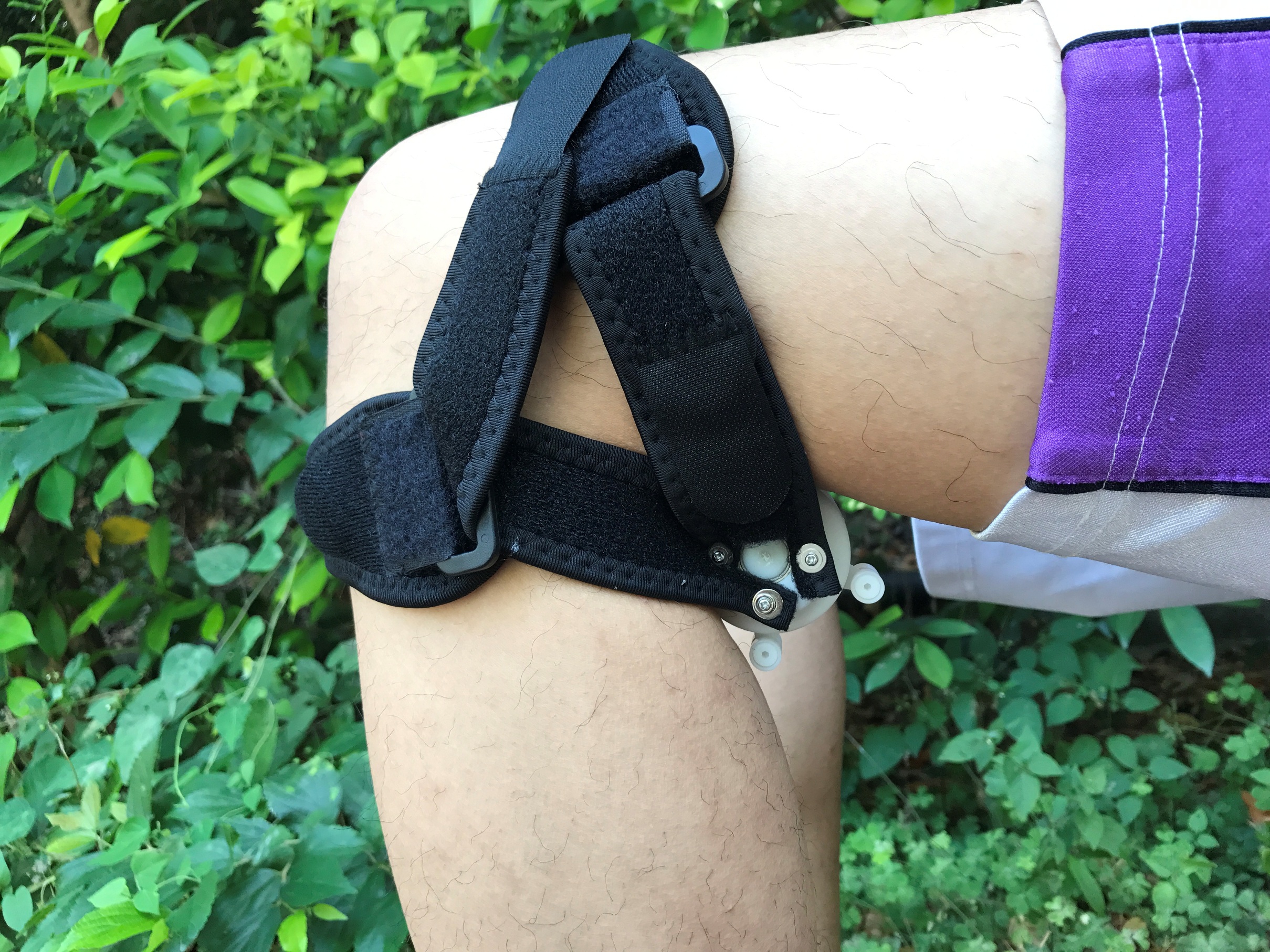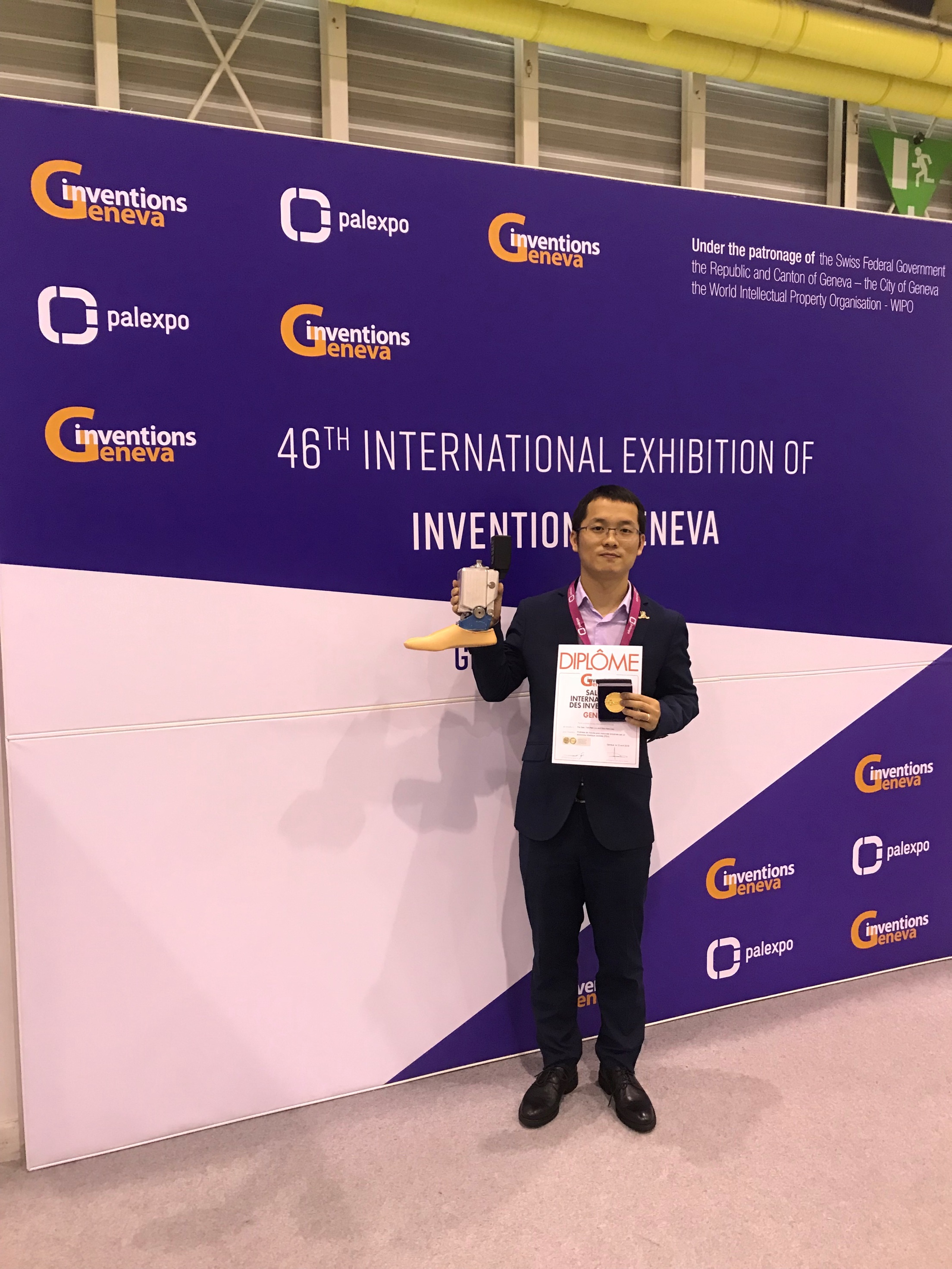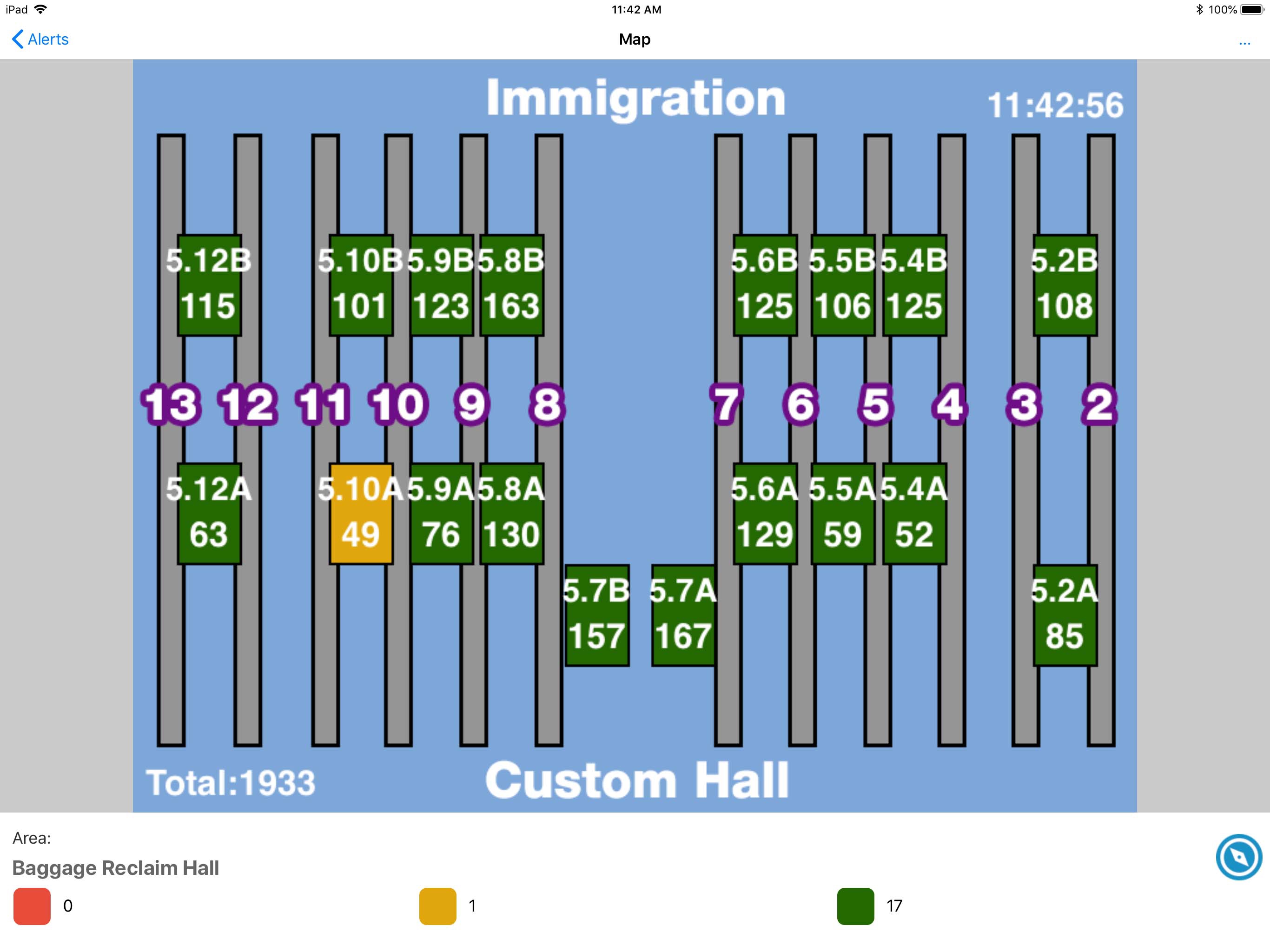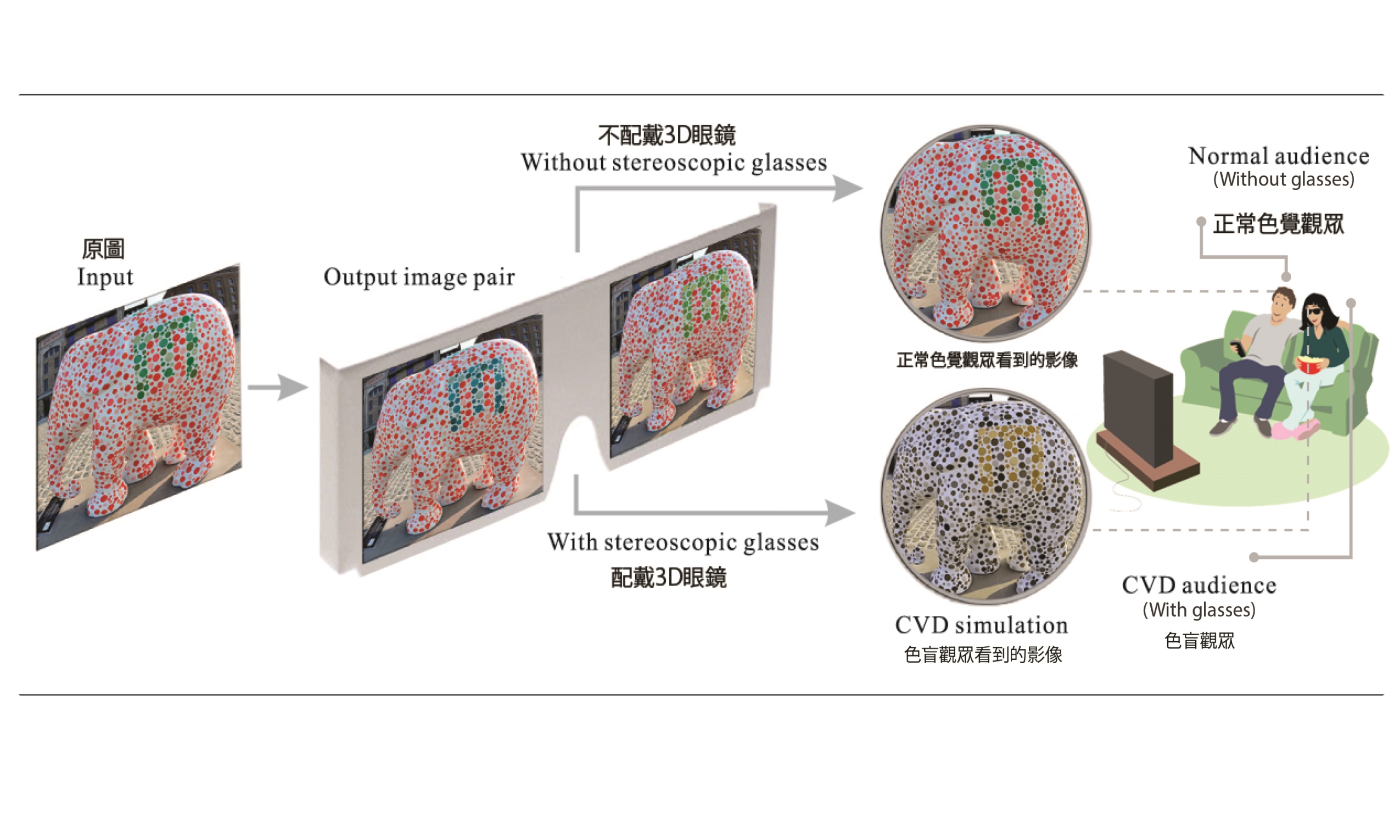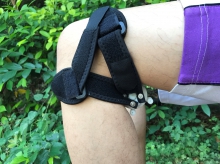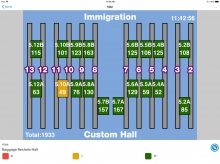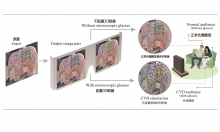CUHK
News Centre
CUHK Receives Five Awards in the International Exhibition of Inventions of Geneva
Five projects led by researchers from The Chinese University of Hong Kong (CUHK) have received five awards, including one Special Gold Medal, three Gold Medals and one Silver Medal in the 46th International Exhibition of Inventions of Geneva.
Here is a summary of CUHK award-winning projects:
Special Gold Medal (Gold Medal with the Congratulations of the Jury)
- Prof. QIN Ling, Mr. CHAU Wing Ho, Dr. Dick Ho Kiu CHOW, Prof. CHENG Yuk Sun, Dr. TANG Ning, Dr. WANG Jiali, Dr. XU Jiankun and Prof. Jack Chun Yiu CHENG from the Department of Orthopaedics and Traumatology, Faculty of Medicine – Innovative Magnesium Containing Orthopaedic Implants
Magnesium (Mg) in orthopaedic implants degrades in the human body and the Mg ions released during the degradation stimulate fracture healing. Pure Mg screws have been applied for graft fixation in humans. However, pure Mg implants are not suitable for application at weight-bearing sites due to limited mechanical strength.
The team has developed hybrid implants that contain both Mg-based components and conventional implant. The design of these implants is based on modifications on commercially available implants to allow incorporation of Mg components. Extensive testing and analysis have been performed to ensure the strength of the implant is up to standard, thus enhancing healing in patients with diaphyseal fracture.
Gold Medal
- Prof. QIN Ling, Mr. ZOU Li, Prof. Patrick Shu Hang YUNG, from the Department of Orthopaedics and Traumatology, Faculty of Medicine and Prof. LIAO Wei Hsin and alumnus Mr. CHU Ki Sum from the Department of Mechanical and Automation Engineering, Faculty of Engineering – Wearable Knee Therapy Device
This project is to develop an easy-to-use medical device for the prevention and treatment of knee joint degeneration diseases. The technologies include low-level laser therapy (LLLT), heat therapy, acupuncture and massage. Stimulations generated by the device could activate inner tissue of the knee joint and help relieve pain, promote blood and lymph circulation, as well as help to boost metabolism and tissue regeneration.
The device will be used for clinical rehabilitation in hospital. It can also be applied to people who need to sit for a long time, such as at home, in the office or during long-distance flight.
- Prof. LIAO Wei Hsin, Mr. GAO Fei and Mr. LIU Yannan, Department of Mechanical and Automation Engineering, Faculty of Engineering – Powered Ankle-Foot Prosthesis
Based on the biomechanics of human ankles, a powered ankle-foot prosthesis was developed for reproducing the function of human ankles. Compared with the commercially available passive prostheses, the powered prosthesis can provide net power to the wearer in the manner of a human ankle, as well as real-time monitoring of the prosthesis. As a result, when amputees wear the powered prosthesis, they can regain a gait that is smoother and more natural than with the passive prostheses. Furthermore, the impact on their sound side during the initial stance phase will be decreased, and the human effort in walking can be decreased by 15% or more.
- Prof. CHENG Chun Hung, Dr. Dorbin NG and Mr. Tim CHAN from the Department of Systems Engineering and Engineering Management, Faculty of Engineering – Real-time Trolley Monitoring System for Hong Kong International Airport
The Hong Kong International Airport (HKIA) served over 72 million of passengers in 2017. Around 13,000 baggage trolleys are distributed throughout HKIA to cope with the enormous passenger flow. Maintaining a steady supply of trolleys has been one of the major concerns of HKIA. The CUHK team has collaborated with HKIA to provide real-time monitoring of trolley availability at various trolley pick-up points through the use of the AI-based video analytics to detect trolleys from visual content of video cameras. Trolley detectors are created through a machine learning training process. The system has reached an accuracy of 92%, enabling frontline staff to make proper and timely allocation of trolleys for passengers.
Silver Medal
- Prof. WONG Tien Tsin and Dr. SHEN Wuyao, Department of Computer Science and Engineering – Seamless Visual Sharing with Colourblind People
Approximately 250 million people suffer from colour vision deficiency (CVD). The existing methods that help colourblind people distinguish colour in image/videos are, however, not practical in scenarios where there are both CVD and normal vision audiences sharing the content. Prof. Wong’s team proposes the very first system that allows CVD and normal-vision audiences to share the same visual content simultaneously by making use of the stereoscopic display which offers users two visual experiences (with and without wearing stereoscopic glasses). The invention minimises the trouble colourblind people have faced in the past due to their inability to distinguish colours.
Hybrid system of Magnesium (Mg) - containing implant. The Mg plug is placed close to the fracture site and releases Mg ions which are distributed to the surrounding tissue to promote fracture healing.
The Wearable Knee Therapy Device is an easy-to-use medical device for the prevention and treatment of knee joint degeneration diseases.
The Powered Ankle-Foot Prosthesis invented by Prof. LIAO Wei Hsin, Mr. GAO Fei and Mr. LIU Yannan won the Gold Medal in the 46th International Exhibition of Inventions of Geneva.
Prof. CHENG Chun Hung’s team has collaborated with HKIA to provide real-time monitoring of trolley availability at various trolley pick-up points. The system has reached an accuracy of 92%.


